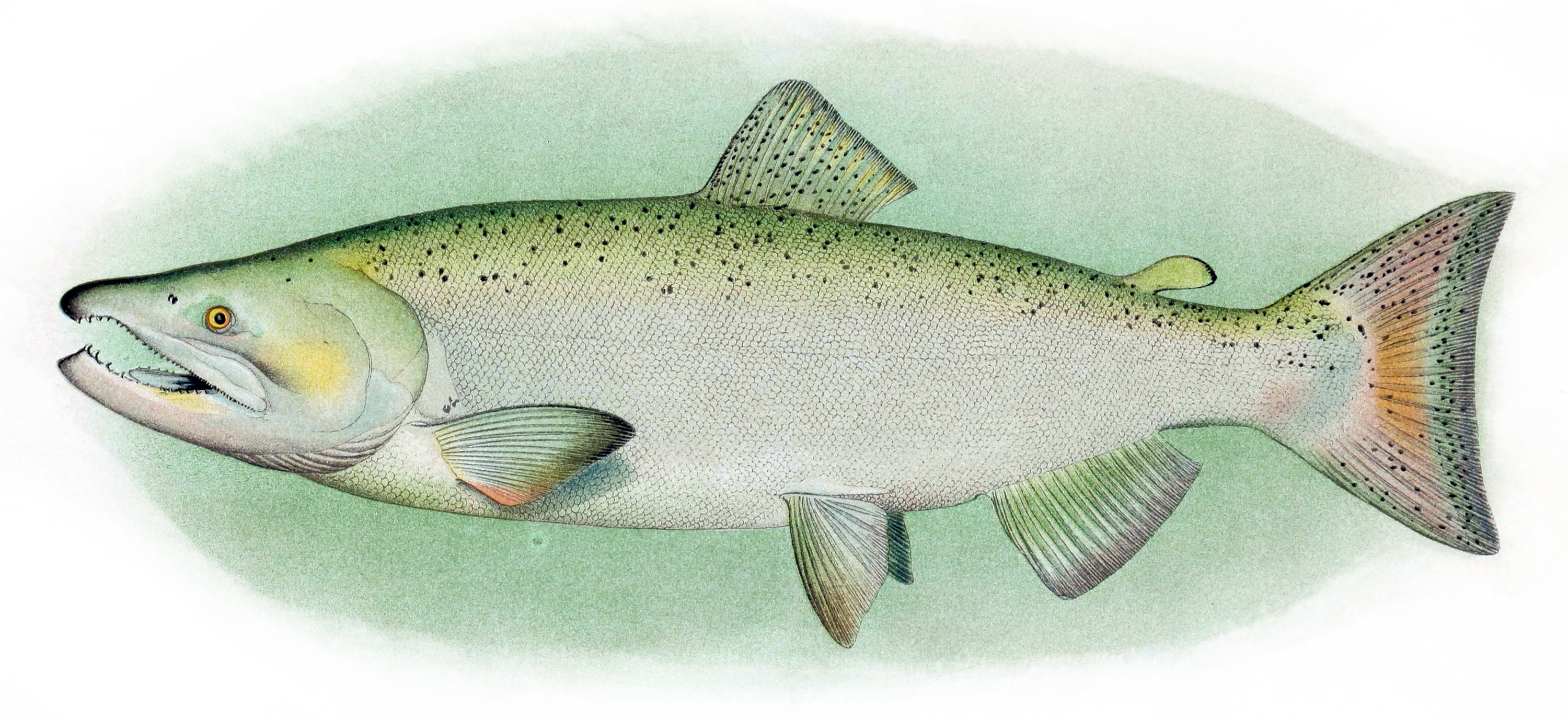
A year after receiving the Salmon Safe Certificate, LC continues to work towards a salmon friendly campus
By Julie Oatfield /// Staff Writer
Though Lewis & Clark began working toward official Salmon-Safe certification in 2012, the successful certification in 2013 is gaining greater visibility this school year.
The certification process involves working with the Salmon-Safe organization to survey the grounds of universities, companies or even wineries to identify ways to contribute to healthier salmon populations in the Pacific Northwest. According to the organization’s website, a certification is gained after a team consisting of a team of a salmonid (salmon & trout) biologists, hydrologists and pesticide experts conduct a site assessment of “issues including irrigation efficiency, stormwater management, pesticide reduction and streamside area management.” The school has made significant improvements in these areas, especially after the Oregon Department of Environmental Quality gave LC a $77,000 fine in 2010 for channeling chlorinated pool water into a nearby stream for the past 40 years.
Although there aren’t any salmonid species in the ravine beneath the bridges on the undergraduate campus, they can sometimes be found on the Law School’s property within the Tryon Creek watershed.
LC students were involved throughout the certification process, from mapping important areas in the original assessment with the Salmon-Safe team to forming their own projects around salmon preservation. Sections of Bio 141 have also included Salmon-Safe information in lab manuals to help students learn more about local ecology.
Biology major Lily Clarke (‘16) became interested in the certification process during her first year on campus She worked on a project focused on grocery stores’ labelling of fish that didn’t always match the genetic species in the package, and learned more about labels and seafood sourcing in general. While she’s seen the campus take significant steps in protecting endangered Pacific salmon, Clarke mentions there are more ways to support healthy populations in the wild.
“Salmon are a keystone species, meaning they have a larger effect on the ecosystem than their population numbers may show,” she said, adding that eating less, more sustainable salmon is important to preserving the species. “But it’s hard to cut out a food that you love, especially such a nutritious one. So if people are gonna buy it, buy it conscientiously.”
To Clarke, an important step is to encourage stores, even venues like Fields Dining Hall, to better label or advertise seafood sources and provide seafood choices approved by third party reviewers, such as Seafood Watch.
Director of Sustainability & Outreach Amy Dvorak is excited by the level of student involvement throughout the certification process and their initiative for new projects.
“There have been great opportunities for students to learn, research and build a variety of skills,” Dvorak said, especially as knowledge from the Salmon-Safe organization and student research is incorporated into the academic curriculum. Highlighting other developments, Dvorak pointed out that the college has even had catered events with wine from local Salmon-Safe certified wineries.
However, awareness of the LC’s Salmon-Safe status hasn’t seemed to reach much further than students already involved in the sciences and sustainability. When some students unfamiliar with the school’s certification first learned about its implications, they agreed it was an achievement.
Max Clary (’18) said, “It seems our school ears a lot of cool certifications trying to be green, but sometimes they don’t really let us know about it,” noting that there’s little publicity or widespread information about our Salmon-Safe campus.
Sydney Seabrook (’17) agreed with Clary, and said the certification’s details “should be accessible information, but I don’t think it should be something that’s ‘advertised’ on a large-scale” or in-your-face manner. Clary and Seabrook shared ideas of possible ways to communicate the salmon safe efforts to students, including triangular cards in the Bon, signs by the creeks or a possible documentary screening in a public info session.
Though salmon may not be the most important thing in a busy student’s mind, this certification can provide a basis for plenty of continuing research opportunities, whether in biology, environmental studies, public policy or other fields.
Subscribe to the Mossy Log Newsletter
Stay up to date with the goings-on at Lewis & Clark! Get the top stories or your favorite section delivered to your inbox whenever we release a new issue.

Leave a Reply